Reviewed by Corey Noles
Sound familiar? Another year, another Android release, another dessert codename to speculate about. But here's the kicker: everything we thought we knew about Google's naming conventions just got obliterated. After Android Authority confirmed that Android 16 breaks the alphabetical pattern with "Baklava," the Android 17 codename situation becomes even more fascinating.
With Android 16 launching June 10, 2025 as "Baklava" instead of something starting with "W," Google has officially abandoned the dessert naming tradition that started back in 2009 with Android 1.5 Cupcake. The alphabetical pattern held strong through Android 15 with "Vanilla Ice Cream," but now we're in uncharted territory.
This shift signals something bigger than naming nostalgia—it reveals Google's fundamental change in how Android gets built and distributed, with direct implications for when your phone gets updates.
Why Google ditched the alphabet game
Let's break it down. The shift isn't random—it's tied to Google's new development approach called the "trunk stable project." Android Authority reports that Android 14 QPR2 started using build IDs beginning with "A" instead of "U" for Upside Down Cake, creating a cascading effect where Android 16's build IDs start with "B."
This technical change forced Google's hand, but the resulting alignment actually accelerates feature delivery—meaning users get meaningful updates faster rather than waiting for annual mega-releases. Instead of maintaining the dessert alphabet purely for tradition's sake, they aligned the codenames with their new build ID system. Samsung Magazine notes that Google wants to release the main SDK in Q2 2026, followed by additional features later in the year—a pattern that demands more systematic naming that works with developer workflows and OEM integration timelines.
PRO TIP: If you're a developer tracking these changes, the build ID prefixes now matter more than dessert alphabets for understanding version relationships and SDK dependencies.
What Android 17's mystery codename could be
Here's where it gets interesting. With Baklava breaking the "W" expectation for Android 16, Android 17's codename is anyone's guess. Android Authority's analysis suggests we can expect a major SDK release in Q2 2026 and a minor release in Q4 2026, but the codename remains under wraps.
The smart money might be on something starting with "C," which would create predictability for developers tracking SDK dependencies—but Google's Baklava surprise suggests they're prioritizing technical requirements over pattern expectations. Multiple sources indicate Android 17 will likely be known simply as "Android 17" publicly, keeping internal codenames truly internal—just like how Android 16 is codenamed Baklava but marketed as Android 16.
Given that first Android 17 Developer Preview builds are expected in November 2025, we won't have to wait too long for the reveal. The timing also aligns with Google's new quarterly release philosophy, where features matter more than maintaining sixteen-year-old naming traditions.
The bigger picture: Google's new Android strategy
The codename chaos actually illuminates Google's strategic priorities—technical efficiency now trumps tradition, and this mindset extends to feature development itself. MWC 2025 interviews revealed that Google is prioritizing faster release cycles and better alignment with device manufacturers' schedules.
What this means for you: more frequent updates with meaningful features, rather than waiting for annual mega-releases. Android 17 promises major UI overhauls, improved security features, and desktop mode capabilities that could finally make Android tablets serious laptop alternatives—think Samsung DeX but built directly into the Android system rather than as a manufacturer overlay.
Material 3 Expressive arriving represents the next evolution of Material Design, bringing more flexible and natural aesthetics with new icon shapes, blur effects, and updated color themes that respond to user context and usage patterns.
The codename chaos might seem trivial, but it signals Google's willingness to break with tradition when it serves users better. Whether Android 17 gets called "Croissant," "Cannoli," or something completely unexpected, the focus is shifting from cute naming conventions to delivering features that matter.
Where do we go from here?
Having tracked Android development cycles for years, this timing shift represents the most significant change since Google moved away from public dessert names with Android 10. The Android 17 codename mystery represents more than insider trivia—it's a window into Google's evolving development philosophy that prioritizes technical coherence over nostalgic patterns.
With Material 3 Expressive arriving and desktop mode becoming reality, Android 17 looks like it'll deliver substance over naming nostalgia. The desktop windowing feature, developed in partnership with Samsung, could transform how we think about Android productivity—finally bridging the gap between mobile and desktop computing without requiring proprietary solutions.
Developer previews launching November 2025 means we'll know soon enough whether Google sticks with the new "B-C" pattern or throws us another curveball. Either way, the days of predicting Android codenames based on dessert alphabets are officially over—and frankly, that's probably better for everyone involved.
Don't Miss: Keep an eye on AOSP commits and Google's Compatibility Definition Documents—that's where these codename leaks typically surface first, just like how teamb58 spotted Baklava references in early Android 16 code.





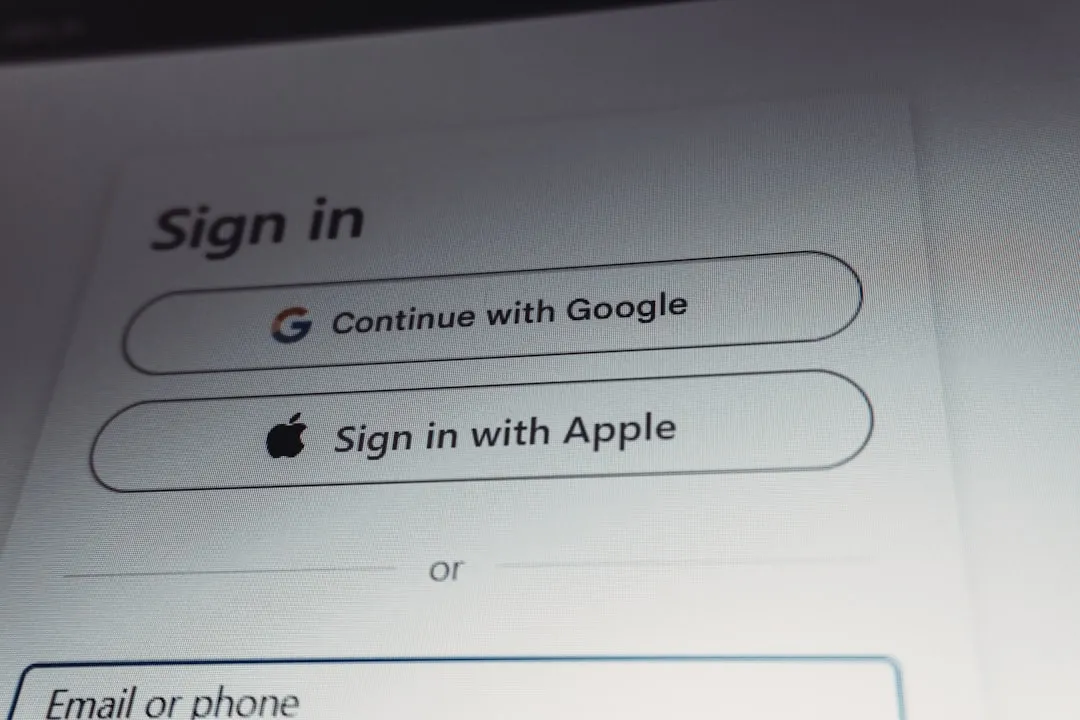

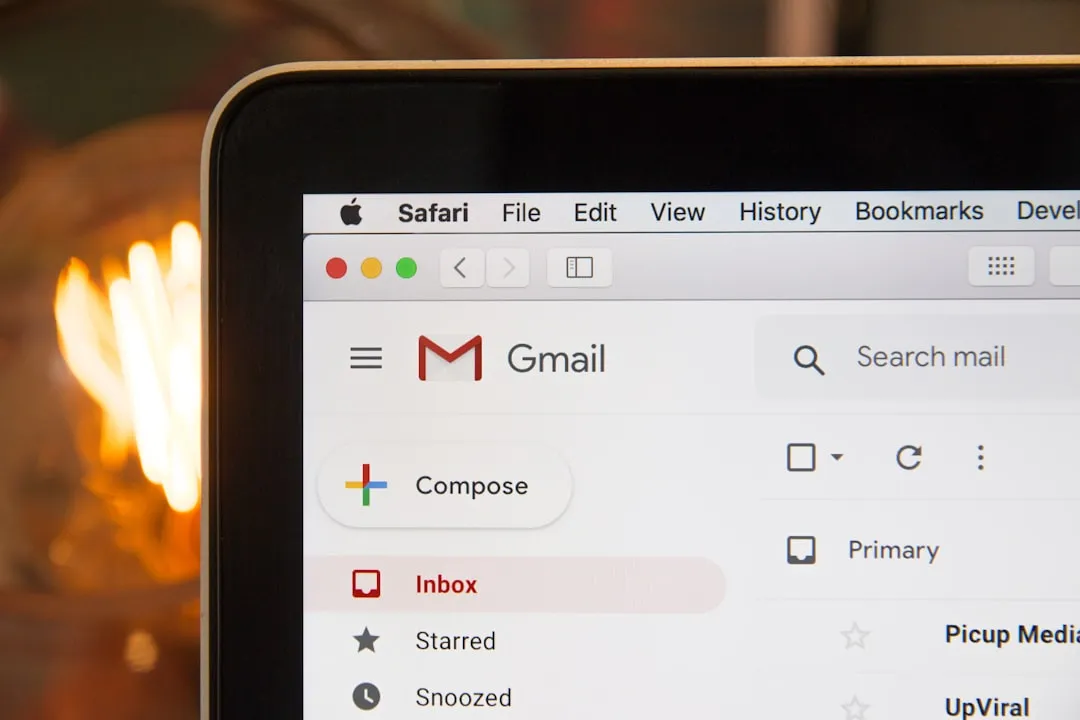
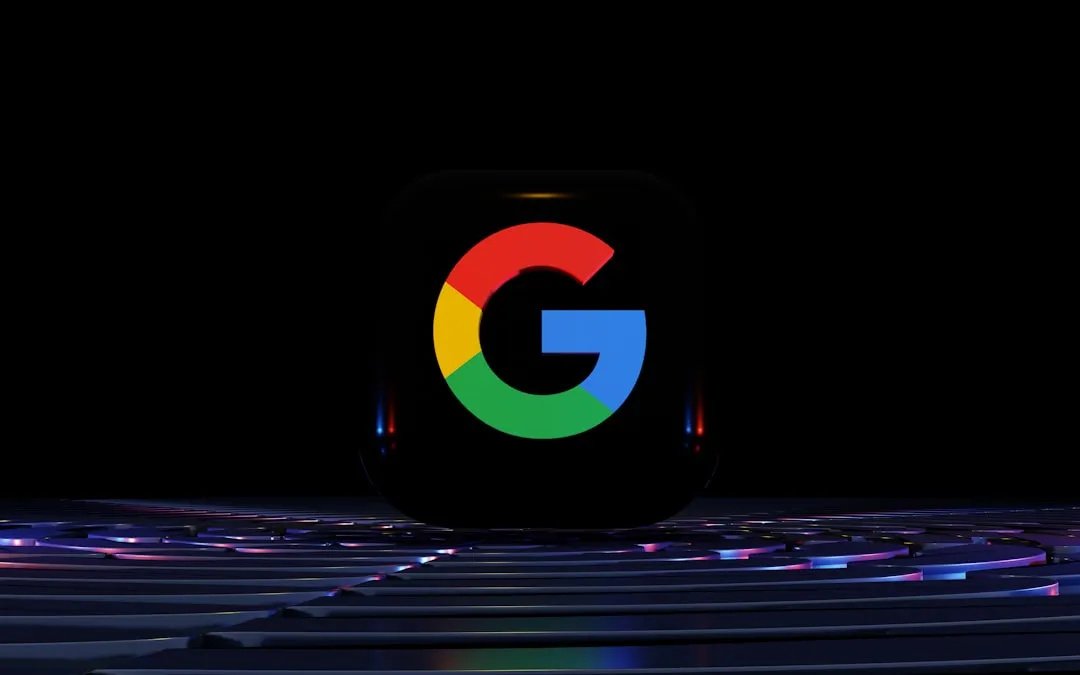


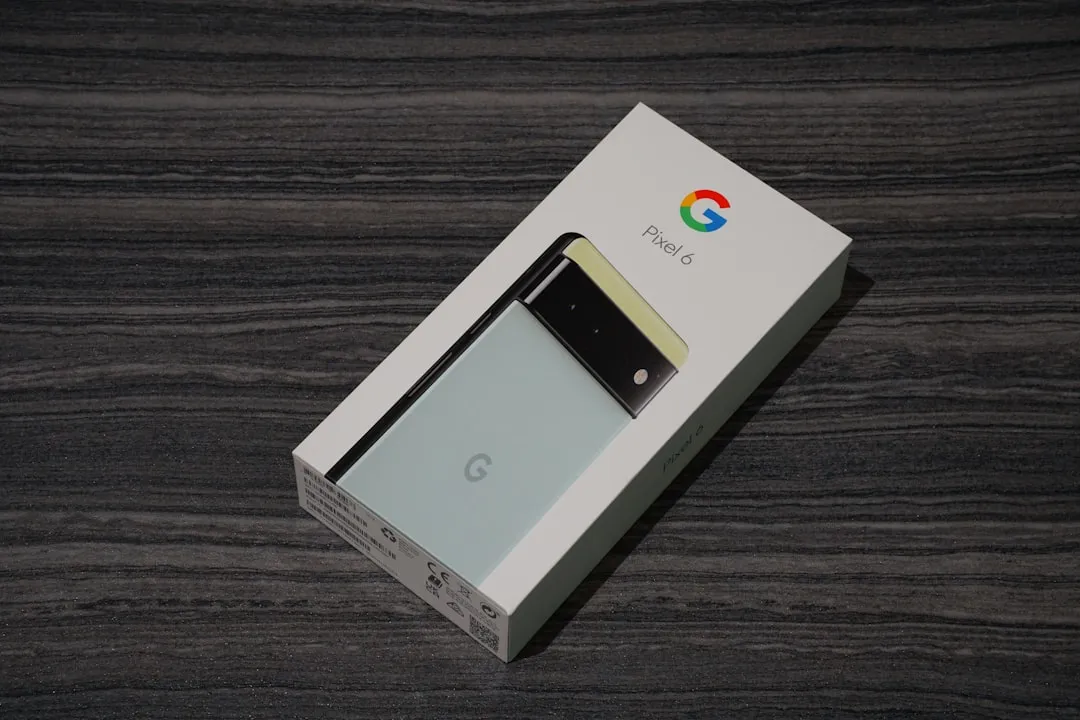
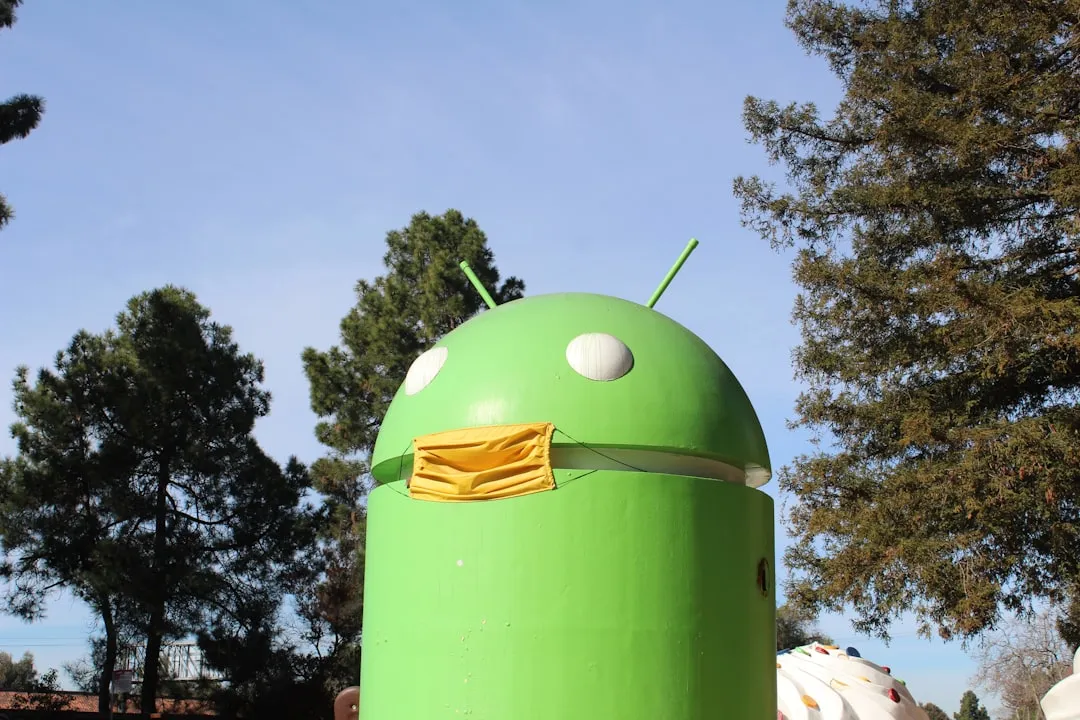
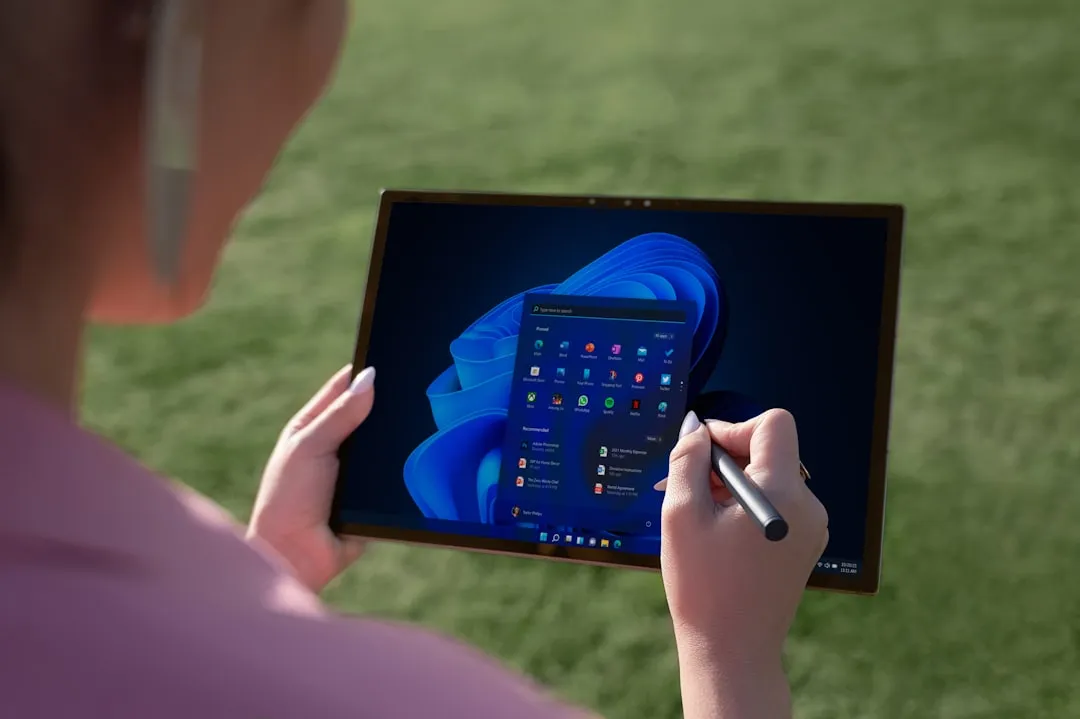
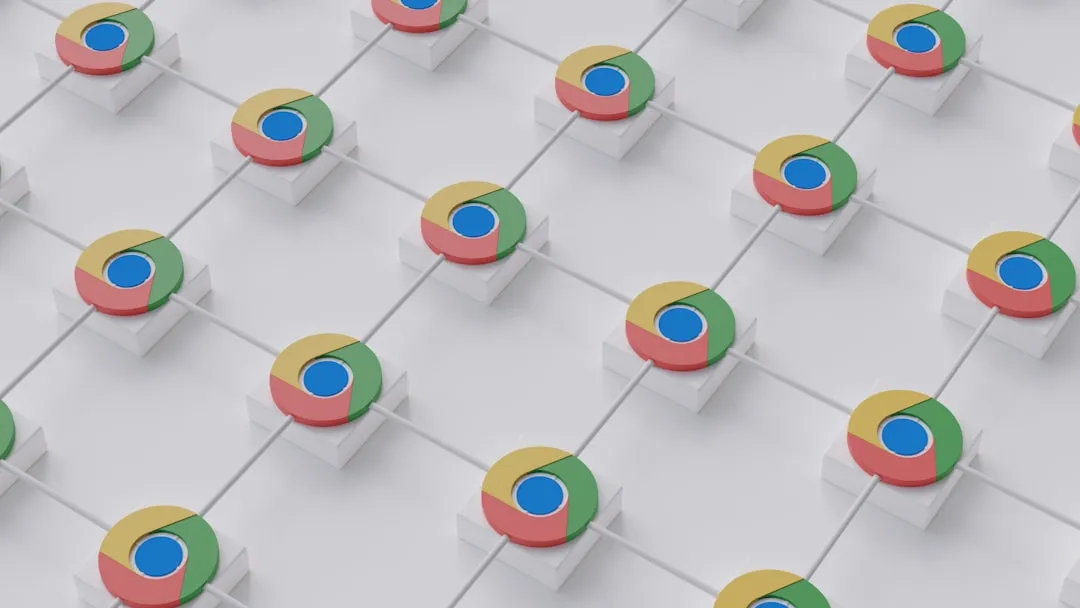

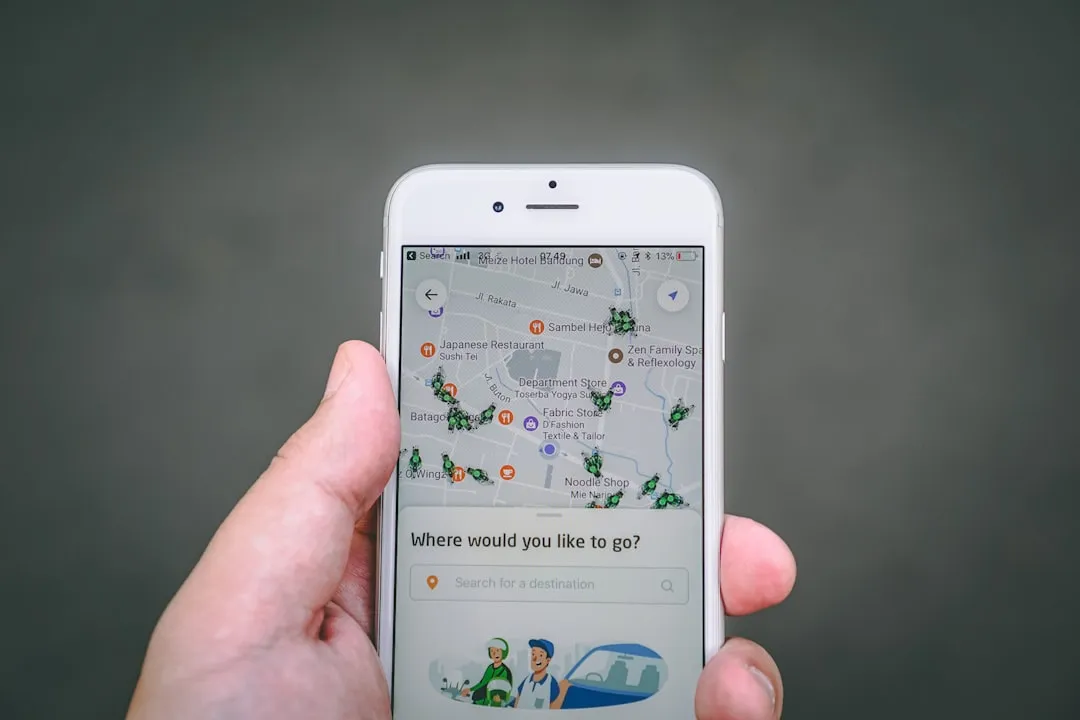
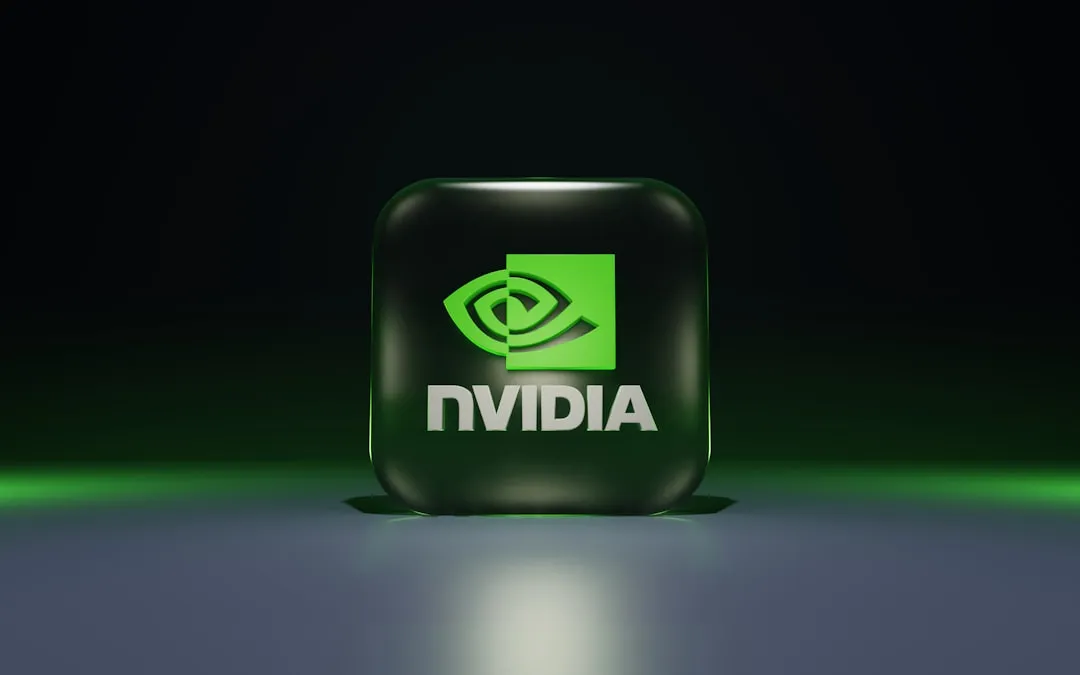

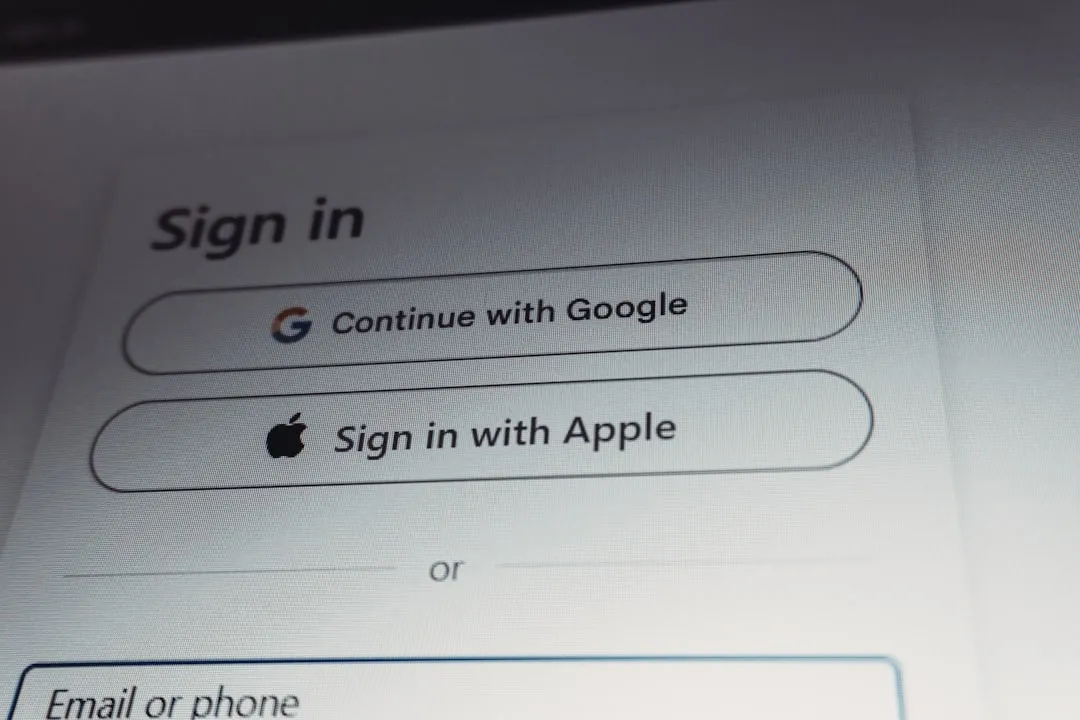
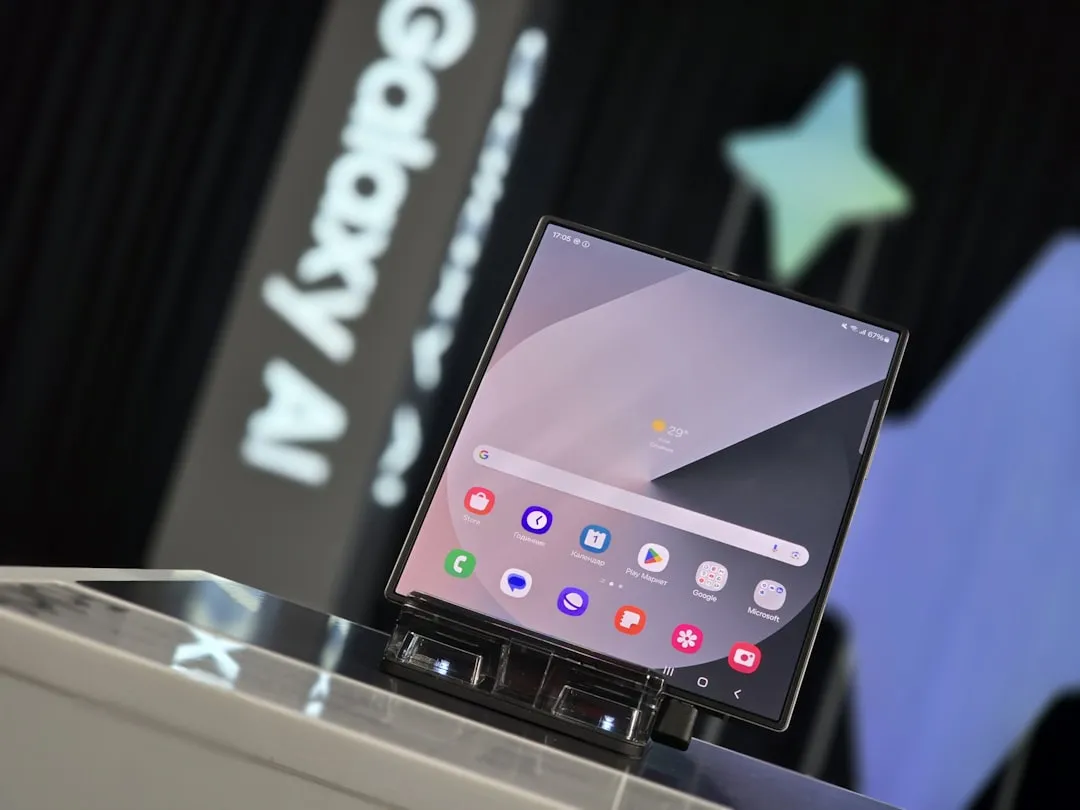
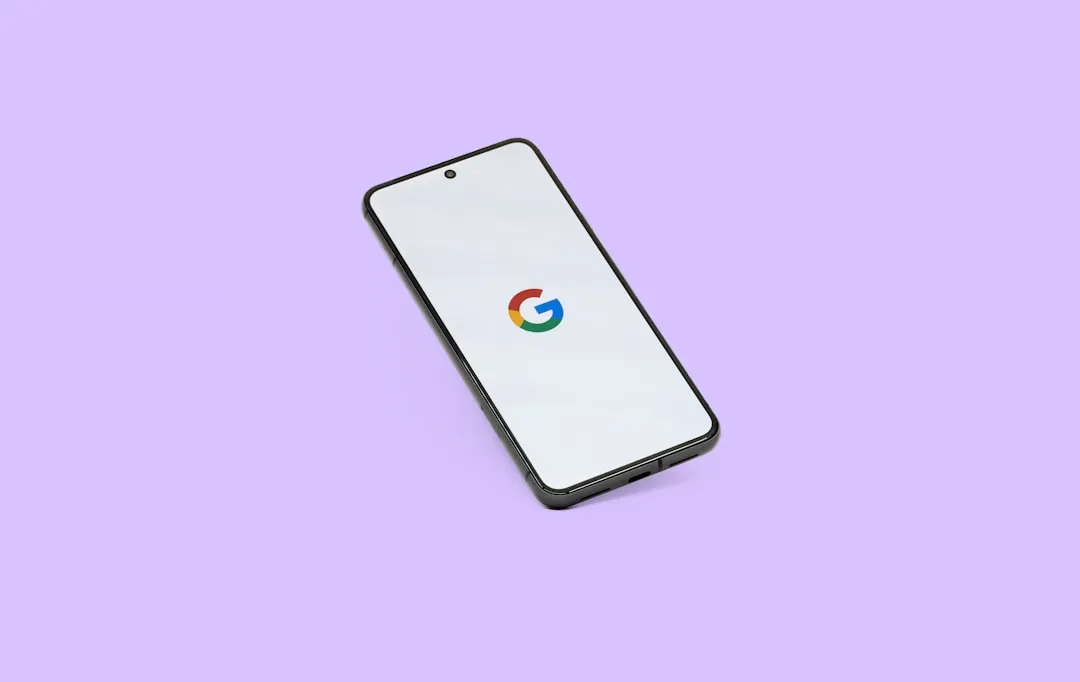


Comments
Be the first, drop a comment!